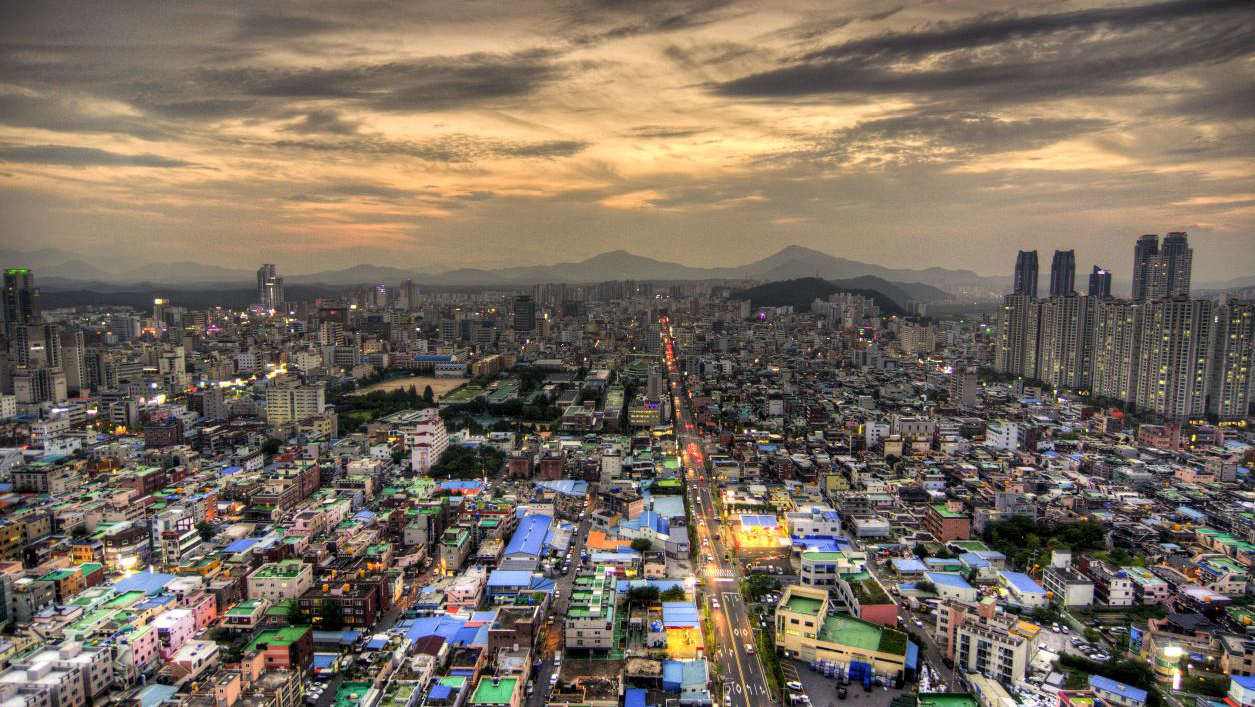Ulsan Metropolitan City, South Korea
Updated : 2019-02-14Source : CCFAO
Ulsan Metropolitan City, South Korea
March 15, 1994
Changchun Established Sister City Relationship with Ulsan Metropolitan City

[City Profile]
Located on the southeast coast of Korean peninsula, Ulsan Metropolitan City is a port city with a pleasantly warm climate. The city covers an area of 1,057.1 square kilometers, 1.74 times that of Seoul, ranking first among the six largest metropolitan cities in South Korea. It has a population of 1.17 million and ranks seventh in South Korea. The annual average temperature here is 14.30 ° C, with an annual rainfall of 1,135.7 mm. The city is home to Ulsan Port, Onsan Port and Bang Eo Jin Port, which are connected to Ulsan Bay. It served as an important gateway from Korea to East Asia and Southeast Asia and it now serves as a hub for exchanges and cooperation between South Korea and the rest of the world. In 1962, after Ulsan was designated as the first special industrial zone in South Korea, the industry and economy here developed rapidly. On July 1, 1997, Ulsan was upgraded to a municipality, with four administrative districts and towns, ranking the seventh largest city in South Korea, with complete financial independence. On July 15, 1997, Ulsan City was upgraded to Ulsan Metropolitan City.
[Resources and Industries]
As the largest industrial city in South Korea, Ulsan Metropolitan has well-developed automobile, chemical, shipbuilding and related industries, and has two state-level industrial parks. There is a Hyundai Motor Plant with an annual production capacity of 1.4 million vehicles. The world's largest shipyard, the Hyundai Heavy Industries Plant, and SK Corporation, South Korea's largest petrochemical company, are also located in the city.



